Tips for own root roses and tiny rootings in pots
strawchicago z5
last year
last modified: last year
Featured Answer
Sort by:Oldest
Comments (49)
strawchicago z5
last yearlast modified: last yearRelated Discussions
Own-root roses in pots... growing slow...
Comments (9)I water my newly potted own-roots with fish emulsion, alternated with Tiger Bloom and Mills Easy Feed liquid. They've only been in the pots since April and two of the six are already ready to move up to a larger pot. I think our cooler than normal spring is responsible. I'm in coastal SE Virginia where it normally gets hot very quickly. I do repot the own roots from the one gallon they arrive in, up to a two gallon, within a few days of their arrival. Then as soon as I see new growth I start feeding every 3 weeks. Most of my roses come from Roses Unlimited and Antique Rose Emporium so they are already a good size when they arrive. Bands scare me, never tried 'em!...See MoreRoot-Knot Nematodes in Z8b FL? Also own-root Austin roses fertilizing?
Comments (2)You don't have to test for nematodes. You have them. We all have them. They will eventually kill your roses if they aren't grafted, and even roses grafted onto the best rootstocks will die eventually. This is a technique for planting that will hold them off for awhile, but not forever. It really is best to plant Fortuniana grafted roses in FL, though, and even they don't live forever. Your own-root roses have about 5 years before they will die. I hate to be harsh, but that's my experience and that of many northerners who move down here and plant their favorite northern roses on their own roots. Dig a hole 3x the diameter of the pot you're transplanting from, or about 20 inches for bare roots. Dig it 3 inches deeper than you want the plant to sit. Fill the bottom three inches with straight organic peat, put your rose in and add peat until you get it to the right height, then fill the entire rest of the hole with organic peat. (Organic peat is not the same as peat moss). Nematodes hate organic matter, so this will keep them away from the roots, but not forever. It will stave them off for a few years, though, until the organic peat breaks down. I don't know any more about growing roses, just this. I'm sure someone will come along and help you who knows more. I do know some OGRs (Old Garden Roses) will grow on their own roots here....See MoreAre Star Roses & Weeks Roses own roots or grafted?
Comments (30)R. Multiflora is hardy to zone 4b, and Dr.Huey-rootstock is hardy to zone 6b. Dr.Huey-roostock can live forever in my zone 5 since its roots is at the end of a long-stick (1 foot deep), so it can survive deep underground while the upper-own-root dies. The temp. at DEEP underground is 32 F, while the above temp. is -20 F in my zone 5a. The secret of Dr.Huey's living forever is its roots are at the end of a long stick to be at 32 F underground. I saw only one multiflora shoot appearing at local library, versus countless Dr.Huey-taking over. Leaves are acidic when not fully decomposed, so I consider that peat (Peat forms when dead plants are not fully decomposed). Once time I buried a bunch of leaves underground when I fixed the planting hole of Wise Portia. IT GOT WORSE !! I dug that up and the leaves turned into pitch-black & acidic peat. Wise Portia as own-root hates it (it likes alkaline with dark-green leaves). Multiflora-roostock can take acidic leaves on top better than grafted-on-Dr.Huey or own-roots. Multiflora-species thrive in high-rain & acidic soil. But Dr.Huey was bred in dry & alkaline CA. Back in 1998 I winter-protected a dozen hybrid-teas (grafted on Dr.Huey) with acidic maple leaves (not decomposed to neutral pH). They all got black canker & died through the winter. But my neighbor's dozen hybrid-teas (grafted-on-Dr.Huey) were winterized with dry & alkaline wood-chips and they survived winter great. Own-roots absolutely hate acidic leaves on top when their roots mature to be chunky & woody like Dr.Huey. When I winterized 10th-year-own-root Golden Celebration with leaves, it was only 4" tall in spring & gave me 4 lousy blooms for spring flush. So this 11th-year winter, I switched to DRY & ALKALINE wood-chips, and Golden Celebration had over 1 foot of green cane, with 20+ blooms for spring flush (in only 4 hrs. of sun). Multiflora-rootstock prefers loamy soil since it's a cluster root (spaghetti strands), versus big-fat & woody chunky Dr.Huey for dense & thick clay. Multiflora-rootstock declines in my salty & dense & alkaline clay. Dense clay need a thicker-stick like Dr.Huey to push through. Here in rock-hard & dense alkaline clay (similar to CA), Dr.Huey-rootstock is the choice but folks plant it so deep that Dr. Huey lives forever....See MoreTips for own root versus grafted roses in pots & LongAgoRoses bands
Comments (100)Thank you, Stephanie, for the tip of Garden Tutor Soil pH Test kit strips. I find that soil pH test via a solution (red-cabbage juice) is more accurate since it takes at least 1/2 hour for the minerals in soil to dissolve in water. I tested soaking coffee ground in red-cabbage juice, at first it was acidic (pinkish), but after 1/2 hour soak, the solution became clear, coffee ground is known as a buffer. Same with rose park nearby, they scattered a layer of gypsum on top of their clay. I scoop up 1 heaping Tablespoon of their soil and tested in red cabbage juice. At first the solution turned pinkish (acidic), from the 18% of sulfur dissolved first. After 1 hour, the solution became very blue (alkaline), from the calcium of gypsum being slowest to dissolve, plus the alkaline minerals in soil was slow to dissolve. SARENA: for the reason above, it's best to mix gypsum 1 month in advance into soil, and let rain or a few waterings release its acidic sulfur to dissolve minerals in soil (rather than to corrode roots). Since you are in a high-rain climate, it's good to have solid minerals on top to buffer acidic rain, such as a thick layer of Worm Casting (pH 7.4), or your clay (if alkaline like mine at pH 7.7). Vermiculite is to improve moisture and to hold nutrients, plus to make potting soil fluffy for wimpy own-roots. Perlite has zero nutrients but good to MIX-IN so roots can have more oxygen for growth. Own-root roses like moist but airy soil. Both vermiculite and perlite is best mixed into potting soil. One rooting method recommended by University of CA at Davis is to mix 1/2 vermiculite (for moisture & cation exchange) plus 1/2 perlite (for aeration)....See Morestrawchicago z5
last yearlast modified: last yearstrawchicago z5
last yearlast modified: last yearstrawchicago z5
last yearlast modified: last yearstrawchicago z5
last yearlast modified: last yearstrawchicago z5
last yearlast modified: last yearstrawchicago z5
last yearlast modified: last yearstrawchicago z5
last yearlast modified: last yearstrawchicago z5
last yearlast modified: last yearstrawchicago z5
last yearlast modified: last yearstrawchicago z5
last yearlast modified: last yearstrawchicago z5
last yearlast modified: last yearstrawchicago z5
last yearlast modified: last yearstrawchicago z5
last yearlast modified: last yearstrawchicago z5
last yearlast modified: last yearstrawchicago z5
last yearlast modified: last yearstrawchicago z5
last yearlast modified: last yearstrawchicago z5
last yearstrawchicago z5
last yearlast modified: last yearstrawchicago z5
last yearstrawchicago z5
last yearlast modified: last year
Related Stories
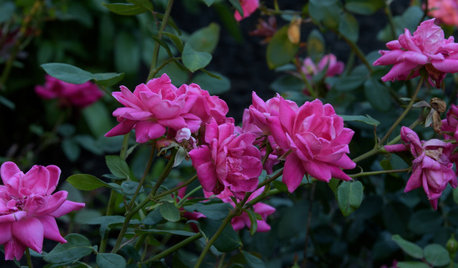
WINTER GARDENINGHow to Plant Bare-Root Roses
Late winter or early spring is a great time to put new roses into the ground
Full Story
ARTThe Beauty of Bonsai — Living Art, Rooted in Harmony
Create your own emblem of nature's balance with an art form dating back 1,000 years
Full Story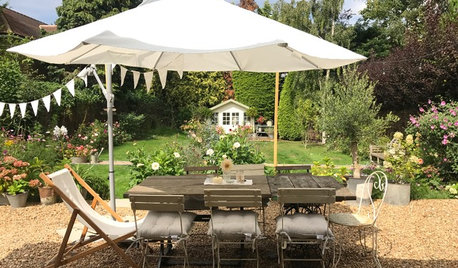
INSPIRING GARDENSBefore and After: English Cottage-Style Garden Takes Root
A blogger shares money-saving tips as she walks us from designing the flower beds to building the greenhouse
Full Story
GARDENING GUIDESThe Beauty of Bare-Root Plants
Plant dormant trees and shrubs in fall using the easy, affordable bare-root method and enjoy beautiful results in spring
Full Story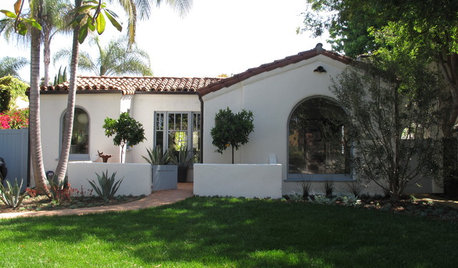
ARCHITECTURERoots of Style: Many Cultures Make Their Marks on Mediterranean Design
If you live in California, Florida or certain other parts of the U.S., your architecture may show distinct cultural influences
Full Story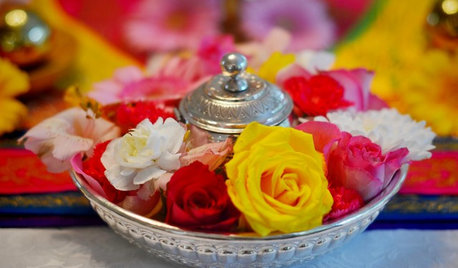
FEEL-GOOD HOMERejuvenate Your Home With Deep-Rooted Traditions
Give the subtle energies and spiritual side of your home some attention, and watch newfound calm and beauty blossom
Full Story
SPRING GARDENINGHow to Grow a Rose Garden in Pots
Everything can come up roses, even without a plot of soil in sight. This step-by-step guide to growing roses in containers shows you how
Full Story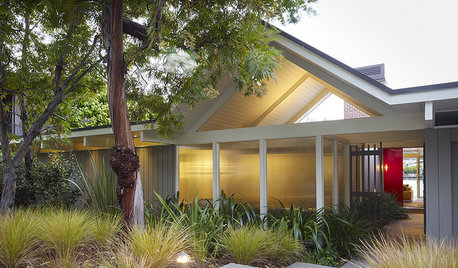
ARCHITECTURERoots of Style: Midcentury Styles Respond to Modern Life
See how postwar lifestyles spawned a range of styles, including minimalist traditional, ranch, split level and modern shed. What's next?
Full Story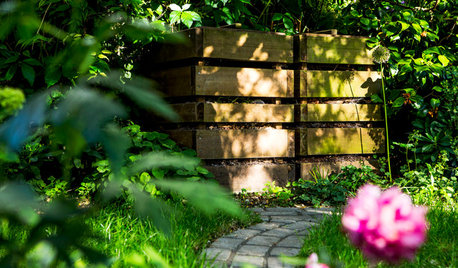
GARDENING GUIDESProfessional Tips for Making Your Own Compost
Learn how to create a free supply of nutrient-rich soil for your garden with expert advice from Houzz landscape pros
Full Story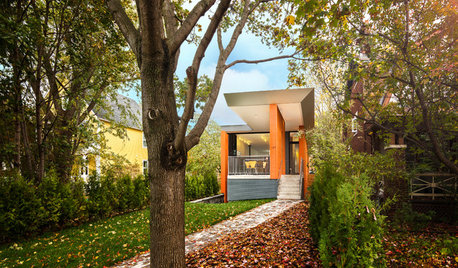
MODERN HOMESHouzz Tour: A Modern Home Rooted in Its Place
It's partially buried in the earth, but with a cantilevered roof and strong colors, this Ottawa home is anything but shy
Full StorySponsored



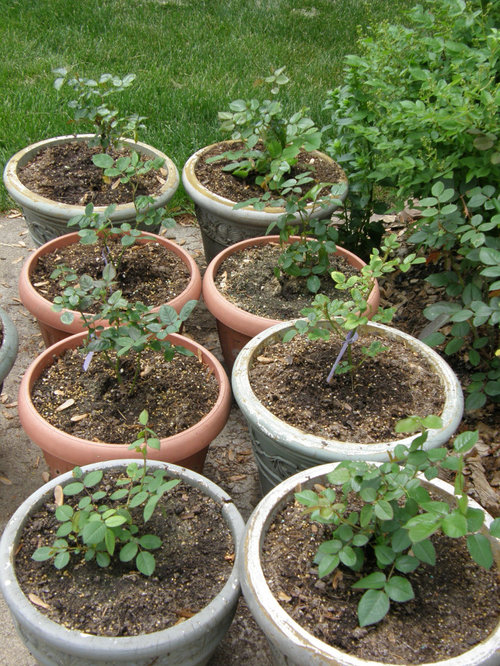
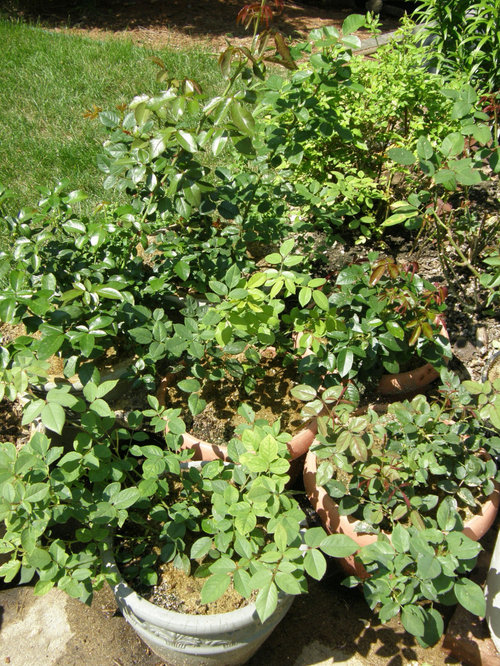
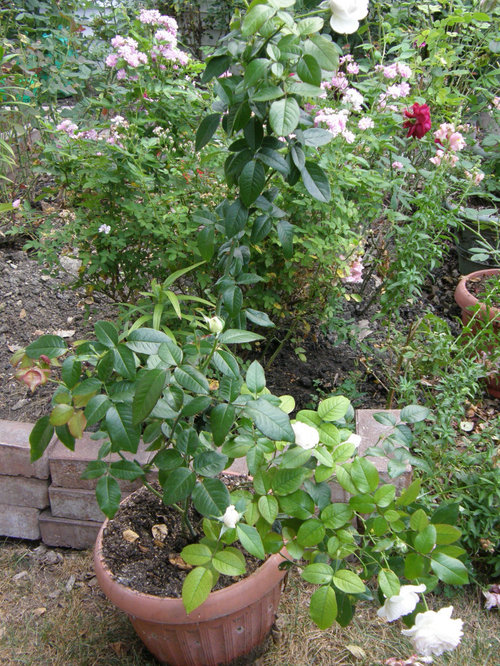
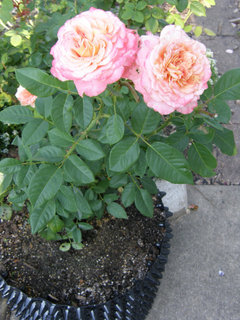
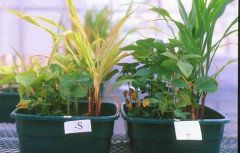
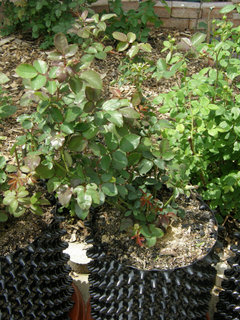
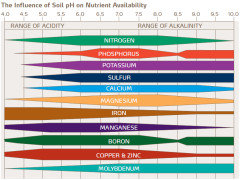
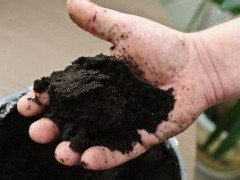
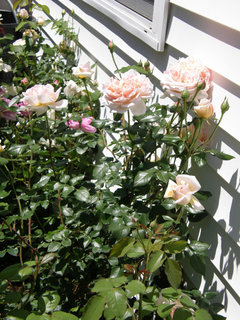

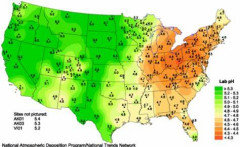

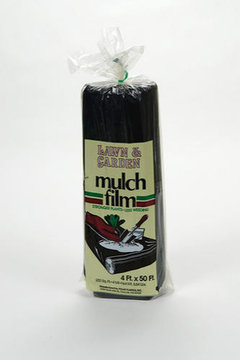
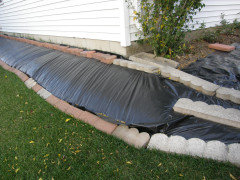
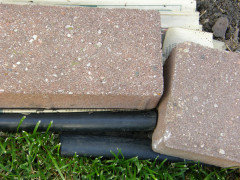
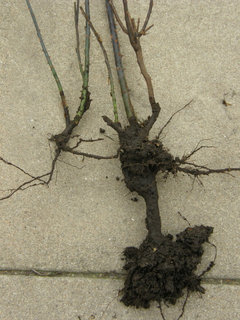
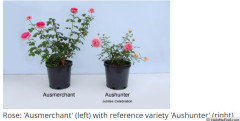


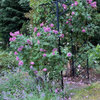

Little Annie Dee